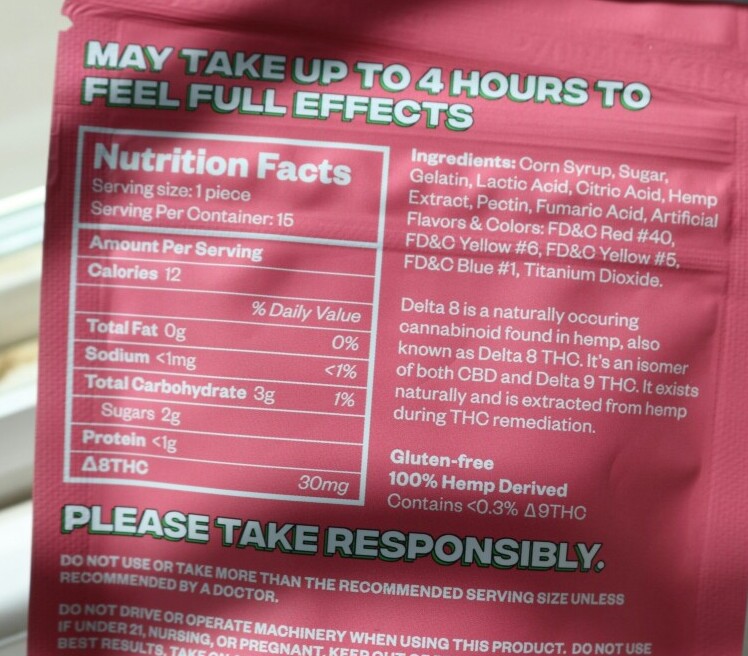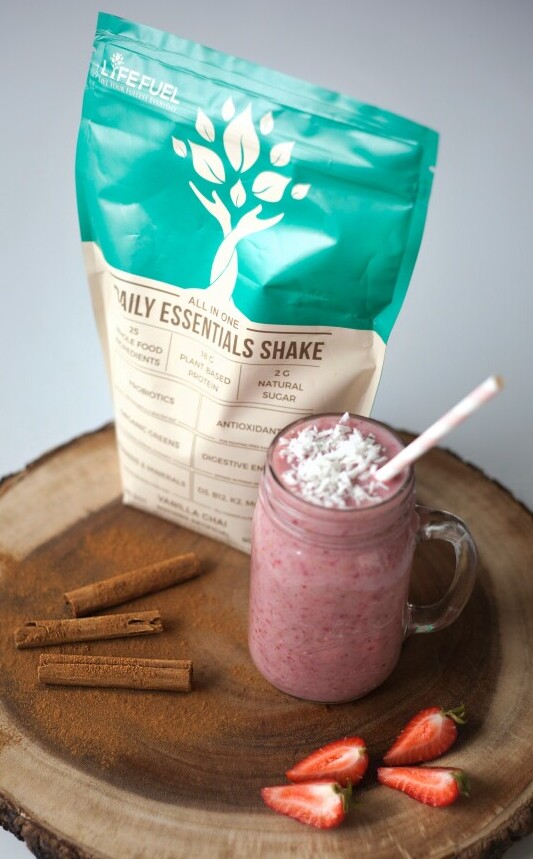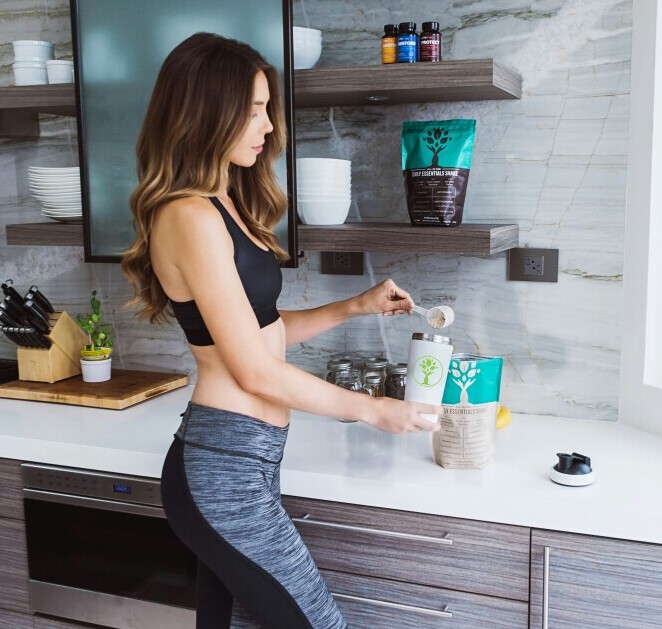So you’re on the path to shedding some pounds and adding protein powder to your regimen, huh? Smart move, but it ain’t just about grabbing the first tub you see on the shelf. Protein powder labels can be a bit of a minefield if you’re not sure what to look out for.
These labels are packed with details, and skimming over them because you’ve seen one protein powder label before isn’t gonna cut it. Every brand has its own little secrets printed right there in the fine print. Catching sight of those crucial details like brand reputation and nutritional info makes all the difference in picking a winner for your weight loss goals.
Don’t be fooled by flashy packaging alone. Start by checking out brand reputation; it’s a super useful indicator of quality. See who makes it and what methods they use to maintain best practices. Respectable brands love transparency, so if they’re shouting about how they make their product, that’s a good sign.
Nutritional information is like the heartbeat of any good protein powder. Keep those peepers peeled for the specifics like number of servings per container and protein per serving. Make sure the percentages of daily values reflect what you’re aiming for, and remember, not all proteins are built the same. Some are packed for bulking up, not trimming down.
Remember, it’s not just about quantity, but quality too. Make an informed choice by diving into the label details and trust your instincts to help you make an educated pick that’s right for you.
Looking Beyond the Basics: Identifying Unwanted Ingredients
When it comes to protein powders, not everything that glitters is gold. Hidden right under your nose, powders can have additives, sweeteners, and dyes lurking, which might sabotage your weight loss progress. It’s like inviting a wolf in sheep’s clothing into your healthy lifestyle!
Start by eyeing those additives. You see, not all of them are bad. Some contribute to the mix’s shelf-life or texture, but others are just fluff. Watch out for sneaky sweeteners like aspartame or sucralose if artificial stuff isn’t your jam. Natural is often the way to roll if you want to stay ahead in the weight loss game.
Ever notice those artificial colors or flavors? Powder could look as tasty as a rainbow, but natural doesn’t mean flashy. If you’re trying to keep it clean, plain old vanilla or chocolate without the added fireworks might be your best bet.
And let’s chat fillers. Some brands like to bulk up their powders with less nutritional ingredients, which doesn’t help much if you’re trying to cut down. These cheeky tricks can bump up the calorie count or take away the space from essential nutrients, so give the ingredient list a thorough once-over.
Being wise about what you consume means scrutinizing every ingredient. It might sound like extra work, but every time you avoid the bad stuff, you’re making room for what’s good. That kind of vigilance is what gets you closer to those weight loss goals.
Nutrient and Protein Composition: What You Should Prioritize
Choosing the right protein is like picking a partner – it has to suit your needs. Not all proteins are equal, especially when shedding pounds is the target. Whey protein, casein, and even plant-based options like pea or hemp cater differently to weight loss efforts.
When flipping through choices, take note of proteins like whey, which are often preferred post-workout for quick absorption. Casein is slower to digest, making it a popular pick for nighttime protein needs. Plant-based proteins appeal to those who want to keep it green, but take a peek at their complete amino acid profiles – some might fall short unless combined with other proteins.
Vitamins and amino acids packed in these powders shouldn’t be ignored either. Some powders are fortified with extra vitamins like B-vitamins or minerals such as zinc, critical for metabolism and muscle function. Amino acids, particularly the branch chain variety, can aid muscle repair and help you feel fuller longer, a real win-win.
Production specifics like how concentrated the protein is per scoop matter too. Decide if you want a protein-heavy scoop, or if a moderate mix is more your vibe. Adjust servings based on your personal goals, whether you’re aiming for a specific calorie intake or protein quota each day. A bit of number crunching could lead you to the perfect fit for what you want to achieve.
Usage Instructions & Practical Tips: Making It Work for You
Now, down to the nitty-gritty of making sure all your hard work picking the right protein powder actually pays off. A big piece of this puzzle is how you mix it. Some powders play nice with water or milk, while others might need a warm start to dissolve better. Experiment a bit unless you want a lumpy surprise in your shaker.
Pay close attention to calories if weight loss is your main gig. Some protein powders pack more caloric content making them better for meal replacements than just a light supplement. You might warm to the idea of those with minimal calories if you’re aiming to chop down pounds without replacing meals entirely.
Knowing the right dosage is also key. Who would’ve thought numbers like scoops per serving could be so crucial? Depending on the concentration, your suitable amount per serving could differ, and so might the frequency. Usually, labels guide you on the recommended scoop count and daily intake based on its intended use.
After all, a structured protein intake could see you trim those inches healthily. Remember, consistency with a dash of personalization in your serving sizes could end up rolling that ball towards your target goal faster than expected!

Understanding how to read protein powder labels is so important, especially for weight loss. It’s easy to get caught up in marketing claims, but knowing what to look for, like added sugars, fillers, and protein quality, makes all the difference.
I always check the ingredient list first to make sure I’m getting clean protein without unnecessary additives.
Do you think people focus too much on protein content alone and overlook other factors like artificial ingredients or digestive compatibility?
Hi, Marlinda. Yes, I think that happens a lot. That’s what I used to do when I first started buying it years ago. I learned over time the hard way what was best to want and what was best to avoid. That’s one reason I like the unflavored so much. That way whatever go into my protein, I can only blame myself because I put it there. But lots of people don’t want the fuss or to take the time, I understand that. We all have our own ways. To each his own. I wish you all the best. LavaFire